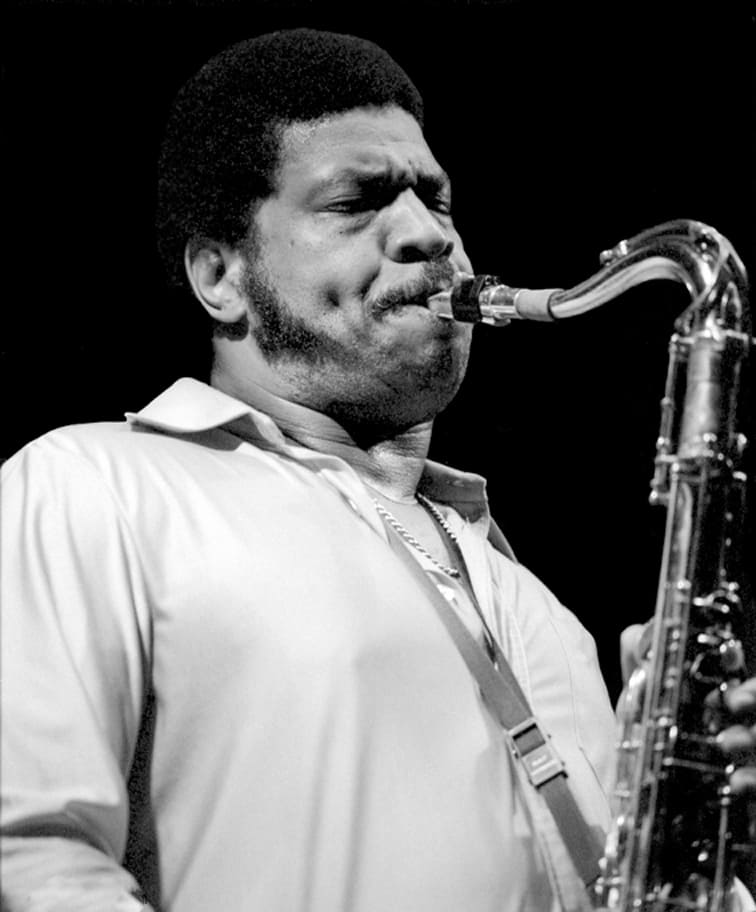Doté d'une technique brillante et d'une sonorité profondément ancrée dans sa ville natale de Memphis, le saxophoniste ténor George Coleman s'est produit avec de nombreuses figures légendaires du jazz et continue d'influencer d'innombrables saxophonistes.
George Coleman

With a brilliant technique and a sound deeply rooted in his native Memphis, tenor saxophonist George Coleman has performed with many legendary jazz figures and continues to influence countless saxophonists.
Born in 1935, George Coleman grew up in the rich musical environment of Memphis. He began playing alto saxophone in 1950, deeply influenced by the music of Charlie Parker.
He soon began performing in the area and in 1952, at the age of 17, he was invited to tour with B.B. King after the guitarist heard him in a local club. Coleman spent another three years on the vibrant Memphis scene, expanding his musical knowledge and writing for popular artists such as Ray Charles.
In 1955 he joined B.B. King's band, this time on tenor saxophone, which became his main instrument. The following year, the musician moved to Chicago. The effervescent jazz scene brought him together with local heavyweights such as Gene Ammons, Johnny Griffin, John Gilmore and Ira Sullivan, and he joined Walter Perkins' band, The MJT + 3.
He played in Max Roach's quartet from 1958 to 1959, when he joined trombonist Slide Hampton's ensemble for three years, with whom he made his first European tour.
From 1963 to 1964, he was a member of Miles Davis's band, along with Herbie Hancock, Ron Carter and Tony Williams. With this revolutionary quintet he recorded four great classics - Seven Steps to Heaven, My Funny Valentine, Four & more and Miles Davis in Europe - before leaving to pursue other projects. The following year, he participated in Herbie Hancock's famous Maiden Voyage, one of the most popular albums in jazz history.
From 1964 to 1974, Coleman worked as a freelancer in the bands of some of the most important figures in music, including Lionel Hampton, Lee Morgan, Elvin Jones, Horace Silver, Charles Mingus, Betty Carter, Chet Baker... He also composed and arranged for various ensembles. Since 1974 he has concentrated mainly on his own groups, working in quartets, quintets and octets. In 1990 he added the soprano saxophone to his arsenal.
The recipient of numerous honours and awards, the saxophonist received the Life Achievement Award from the Jazz Foundation of America in 1997. At 89, George Coleman is still going strong.
Photo credit: Brian McMillen